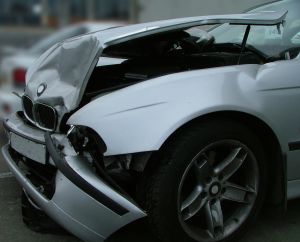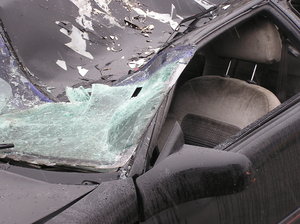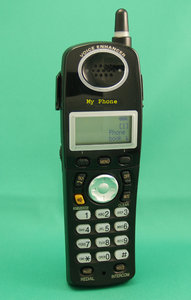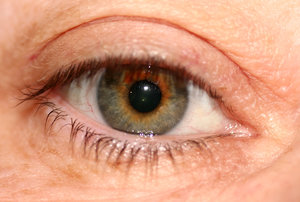A Worcester pedestrian accident killed a woman who was walking across the street on a marked crosswalk on Chandler Street. According to Worcester police officers, the accident happened just before 7 a.m. and upon arrival, the body of a 63-year-old woman was discovered. The female pedestrian was involved in a single-car accident and sustained severe injuries. She was taken to St. Vincent Hospital where she was later pronounced dead.

According to My Fox Boston, investigations concluded that a 51-year-old driver of a van slammed directly into the pedestrian who was using the crosswalk to get across the street. The driver was the only one in the vehicle at the time of the accident and he remained at the scene of the accident until officials arrived. The speed limit on that street is 30 miles per hour. Officials with the Worcester Police Accident Reconstruction Team are investigating.
Our Massachusetts pedestrian accident lawyers understand that our roadways are congested, especially during and after the holidays. We often hear warnings for drivers urging them to be cautious of one another on the roadways to avoid an accident, but many seem to forget the dangers that pedestrians face as well. Pedestrians face an increased risk for accidents just as motorists do when the roads are crowded. All travelers are urged to be cautious and courteous of one another throughout out the year..
The recent Thanksgiving holiday weekend provided a sneak peek into just how dangerous travel can be during holidays can be. According to the Boston Herald, a 47-year-old female pedestrian was killed while crossing a street in Worcester over the Thanksgiving holiday weekend.
Another Thanksgiving holiday weekend accident turned fatal when a 75-year-old motorist from Somerville was hit by a passing vehicle as he got out of his car to exchange information with another driver that he had been involved in an accident with just seconds prior.
A third Thanksgiving accident injured two people as they were standing in the travel lane on Route 128 in Lynnfield and were hit by a passing motorist.
As we continuously ask drivers to be cautious, alert and courteous at the wheel, we also ask pedestrians to travel safely. Keep an eye on your surroundings to avoid a potentially fatal accident.
Pedestrian Safety Tips:
-Always use a crosswalk when one is available. Most pedestrian accidents happen at non-intersection areas because drivers don’t expect pedestrians to cross.
-If you’ve been involved in a motor-vehicle accident, stay inside your car until police get there, especially if the accident is on a busy roadway.
-Pedestrians should always carry a flashlight and wear bright, reflective clothing when walking during the evening hours.
-Always walk on a sidewalk when there’s one available. When there is no sidewalk, you should walk facing traffic to see oncoming cars.
Continue reading
 Boston Personal Injury Attorney Blog
Boston Personal Injury Attorney Blog










